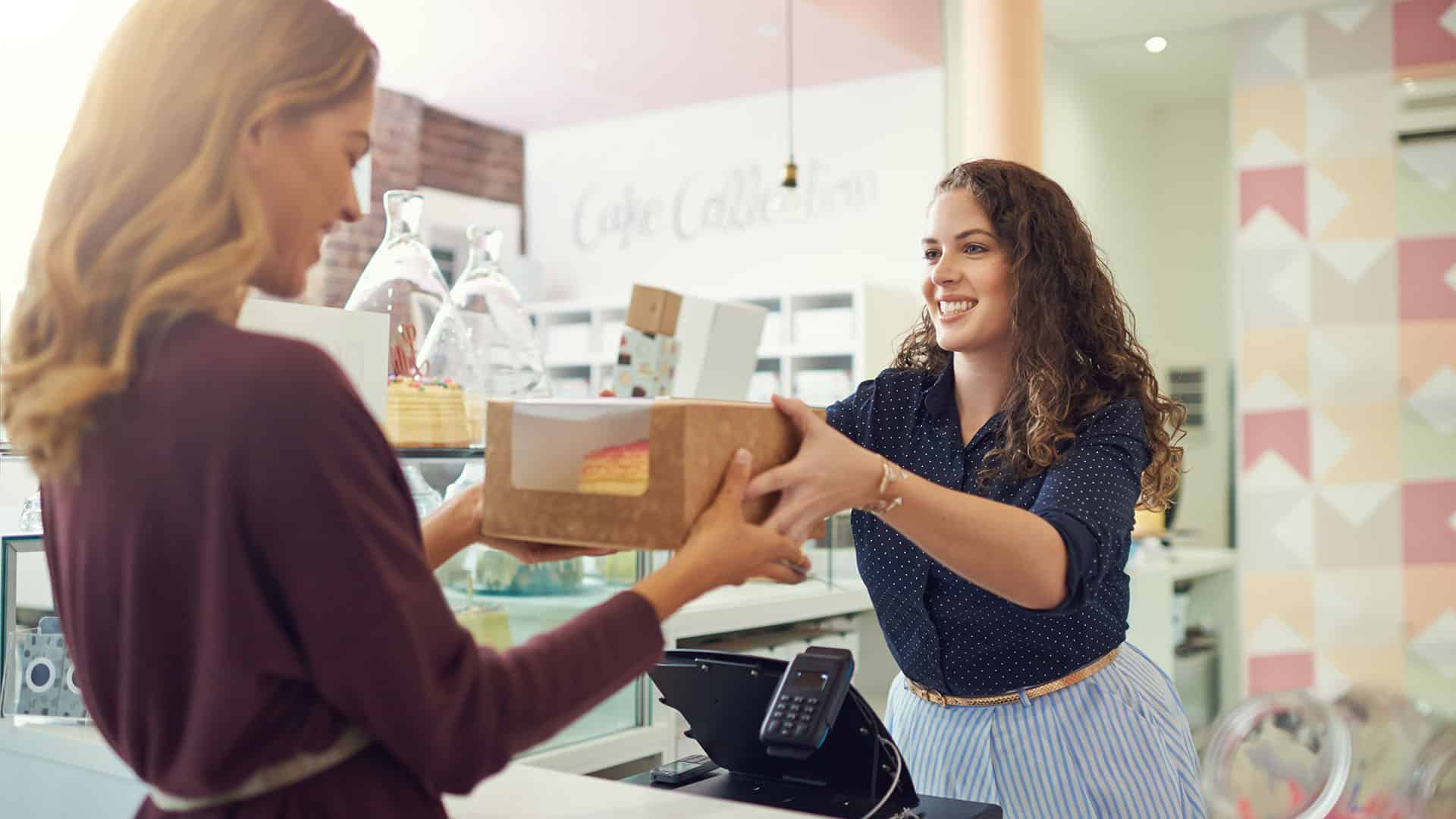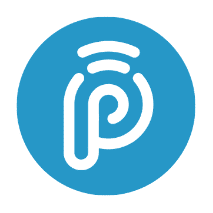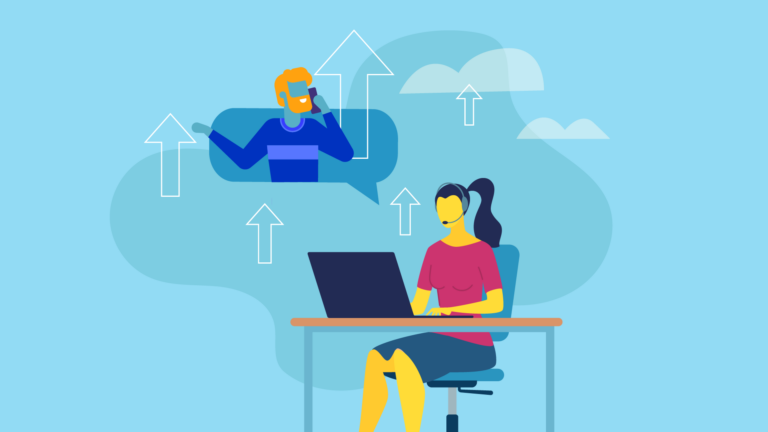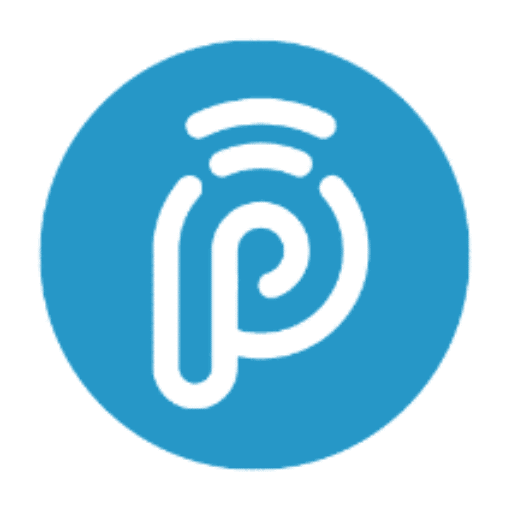Why Hyper-Personalization is the Most Important Business Trend for 2024
Hyper-personalization: It’s time you start stalking your customers. I’m not saying you need to be a creeper and sit in your car outside their houses at night – please don’t do that. What I am saying is that it’s time to pay attention to all of the data your customers are creating when they interact with your business. Maybe you’re thinking, “I’m not a numbers person. Why on earth do I need to pay attention to customer data?” What if I told you it’s that very data that will allow you to create an experience so personalized that it drives brand loyalty?
Hyper-personalization has been a hot topic for a few years. Yet, as our daily lives become more enmeshed with mobile media, it’s becoming more important that businesses provide customization and smarter experiences for customers.
Let’s explore why hyper-personalization is the trend for 2024 that is swiftly becoming the norm.
What is Hyper-Personalization?
At it’s core, it is the use of data to create a more personalized and targeted products, services and content experience. But where can one derive all this data? There are several sources you will want to use: social media, your website, emails and any ad campaigns in addition to offline sources.
Don’t know where to start with data? You can use a tool like Salesforce to track and analyze all that juicy customer intel.
What does hyper-personalization look like?
Many larger brands have been personalizing the customer experience for years, but it’s becoming even more of a priority. The importance of a customized experience is a no-brainer way to create happier customers.
Starbucks
Starbucks is pretty well known for its customization and their app is no exception. Instead of waiting in line like the rest of us mere plebeians, you can order directly from the app and go directly to the counter to pick it up. In addition, it notifies you of stores near your current location and stores your previous orders so you never have to input the information again. Once an order is placed, it tells you when your order will be ready. Custom coffee for the win!
Domino’s
As a lover of pizza, my mind was totally blown when Domino’s announced you could order a pizza for delivery using an Emoji. At first, I was put off; have we really become a society that can’t manage to call in to order a pizza? Then I started to realize the brilliance of it. Sure, customers DO have to do some initial legwork to set up their “Easy Order” profile, but once that’s complete, you can order pizza with text, on Twitter, from your smart TV, from your car and even your smart watch. It’s the ease and availability that make it so darn appealing.
Spotify
This digital music service has kind of turned the way people search for and listen to artists on its head. Pandora was a great idea, but there’s not enough customization available and a user is only allowed so many skips until they’re forced to sit through the whole of Don McLean’s “American Pie.” Let’s just say it was too much for me.
Spotify allows users to follow artists and save whole albums to their own libraries. It also provides a ton of recommendations based on what you listen to and save. Then they went one step further by generating a weekly playlist of music you might like based on what you’ve been listening to most recently. You can follow friends, see what they’re listening to and send them music. Spotify is all about hyper-personalization and has been from the start.
Why is hyper-personalization so important?
Mobile usage is only increasing. The need to provide a seamless and easy experience has never been more prudent, and businesses that don’t want to play along will be left in the dust. In the Forrester report, “Personalization And The Rise Of Individualized Experiences,” they highlight some key reasons why it is essential that businesses get on board.
- Proactivity
According to Forrester, “Rather than provide customers affordances and tools, quality experiences must now use customer data to proactively prioritize functionality and content, accelerate searches, and offer guidance on customers’ behalf.”
- Relevance
Customers are frustrated with the abundance of search results and the bevy of content. Your business can cut through the noise by providing the information they need when they need it. Using data allows you to remove extraneous information and clears the customer’s path for quicker decision making.
- Continuity
The use of data to provide your customers with a seamless experience across all touchpoints is particularly important. It can be frustrating for customers when they have to provide information they’ve already provided again.
“Customers expect enterprises to act as a single entity. Legacy systems exist, but it’s frustrating from a customer perspective to be asked for information they already gave on another channel. It’s disrespectful [to] the customer to ask for it again.”
- Emotional Engagement
“Individualized experiences engender greater emotional engagement through relevance by showing customers more of what they want, when they need it.”
Paying attention to customer behaviors and providing the services that answer to those behaviors is an important way for customers to connect with a brand emotionally. When a customer uses a Wells Fargo ATM, they are greeted with a screen that includes their most used functions right at the top. This provides ease and shows an understanding of the customer’s needs.
Putting Hyper Personalization To Work
Your business doesn’t have to rely on a huge budget to get functions similar to large corporations. There are a plethora of tools out there that will help you create a high-quality customer experience.
Optimizely – This tool is simple, fast, and powerful. Optimizely provides a simple way to perform A/B testing or Multivariate testing so that you can optimize your conversion rates.
Directed Edge Recommender – A must for online retailers, this Shopify plugin provides automatically generated customer recommendations within the checkout flow and shows relevant upsells based on purchases.
Barilliance – An all-in-one tool that allows you to create dynamic content and offers in real-time. They claim to increase conversions by 30 percent.
WooCommerce Currency Converter – Want to expand your ecommerce business outside of the US? Providing a currency converter offers transparency and ease to your customers abroad.
As we conclude this article about hyper-personalization, it’s clear that this isn’t just a fleeting trend; it’s the future of how businesses will connect with their customers. By embracing the tools and strategies we’ve discussed, you can make your customers feel better understood and seen, while increasing conversion rates. Remember, it’s not about overwhelming yourself with data, it’s about finding those key insights that allow you to meet and exceed the customer’s expectation, driving brand loyalty. After all, a happy customer is the best kind of customer!








